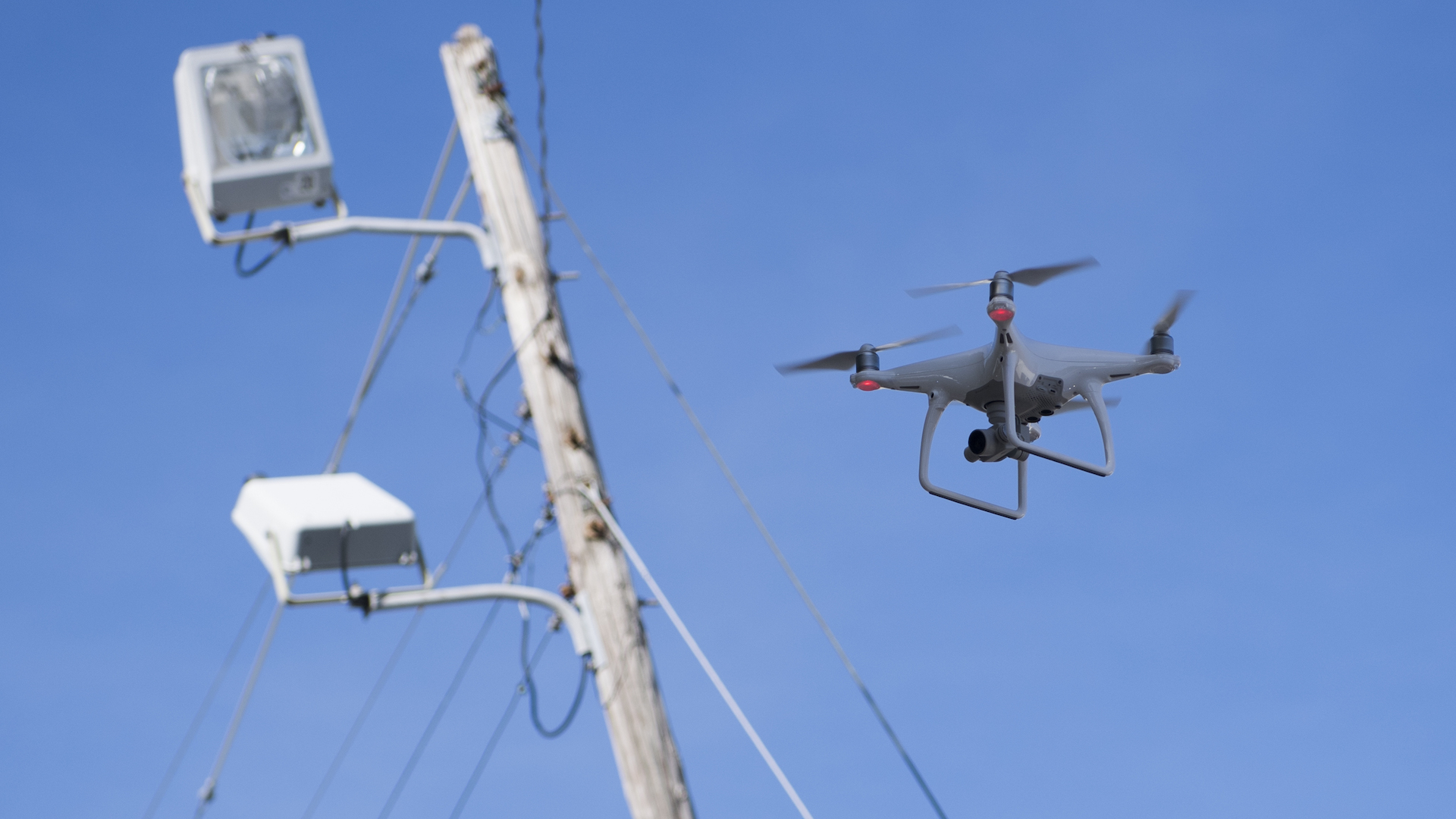

Swiss researchers of the École Polytechnique Fédérale de Lausanne (EPFL) spin-off company LakeDiamond are developing a midair drone-charging system that would have laser beams shoot at a lab-grown diamond fitted to the drone capable of withstanding its rays, Phys reports.
The diamond, measuring only a few millimeters on each side, is both strong enough to take the beams being shot at it and capable of recharging the photovoltaic cells on the vehicle’s surface. Since this system purportedly works over long distances and poses no known threat to human beings, it could potentially change the need for grounding both civilian and military UAVs and how they’re used.
We’ve reported on similar laser-based methods before, though the synthetic diamond implementation here is certainly new. For LakeDiamond CEO Pascal Gallo, however, this particular strategy removes risk while retaining the same advantages over the work of his contemporary counterparts.
“Systems developed by other companies and labs, often for military applications, employ lasers that are more powerful and thus more dangerous for humans,” he explained. LakeDiamond currently holds the world record for longest continuous operation using a wavelength in the middle of the infrared range, delivering over 30 watts in its base. “That’s equivalent to around 10,000 laser pointers,” said Gallo.
Practically, LakeDiamond’s system focuses the light produced by the laser’s diode at the diamond, with a small metal plate that absorbs the subsequent heat. The synthetic diamond essentially functions as the optical component of this setup, allowing for the energy to be absorbed without damaging the vehicle itself. The diamond has a high transparency and a high thermal conductivity, which, together, is a difficult mark to achieve. In simpler terms, it took LakeDiamond over ten years to develop such a component.
The system being developed here isn’t merely relegated to small consumer drones, either, as the laser beaming can effortlessly be modulated to effectively adapt to UAVs of varying sizes. “To achieve greater power—say to recharge a larger drone—these lasers could easily be operated in series,” said Nicolas Malpiece, who handles power beaming at LakeDiamond.
As it stands, LakeDiamond’s system is supported by and functioning under the Swiss Space Office umbrella for the next two years, and can purportedly also charge and transmit data to satellites. Clearly, the use-cases for this sort of midair connection are only beginning to reveal themselves with wireless, aerial charging serving as an impressive, promising start.